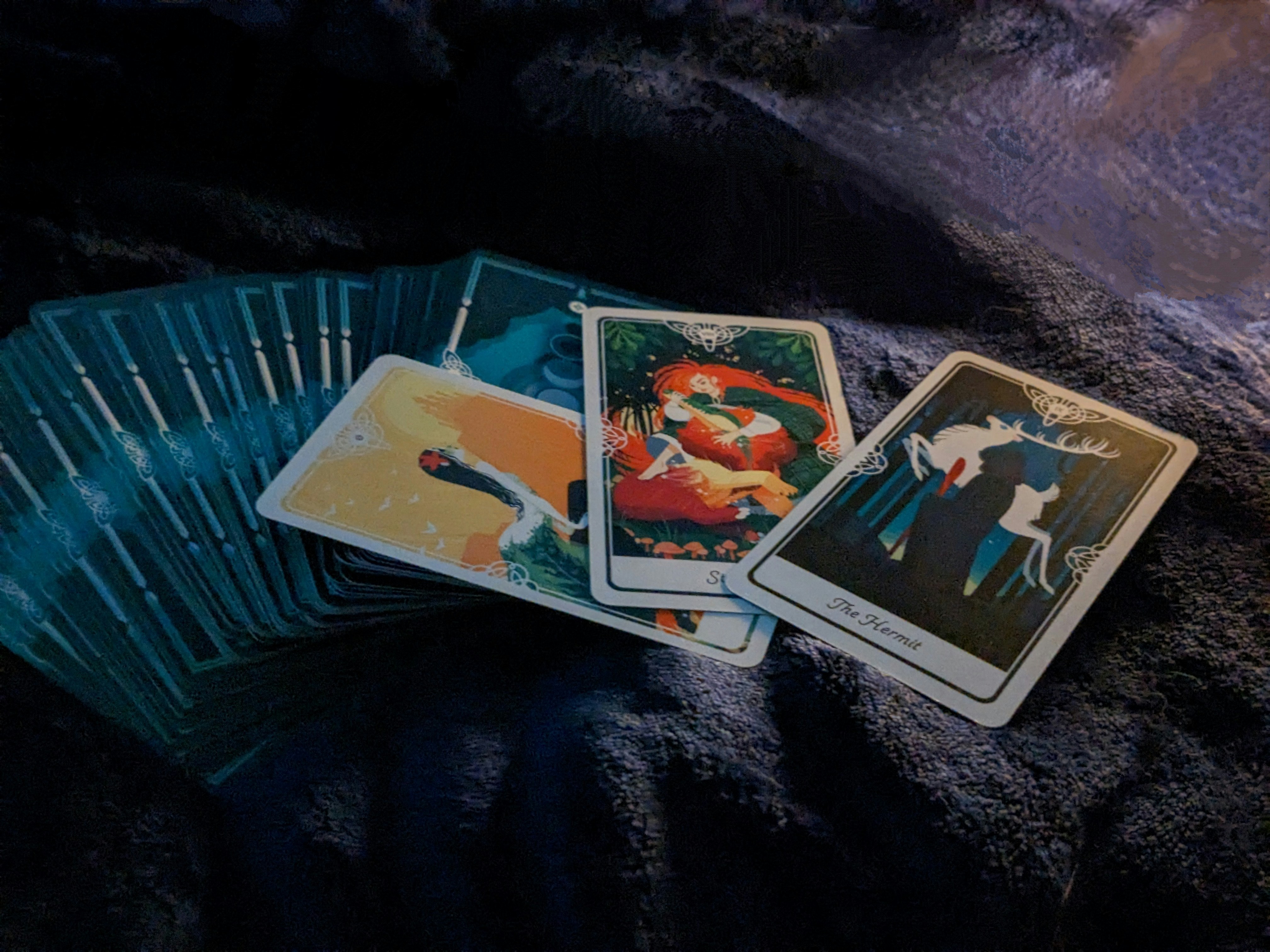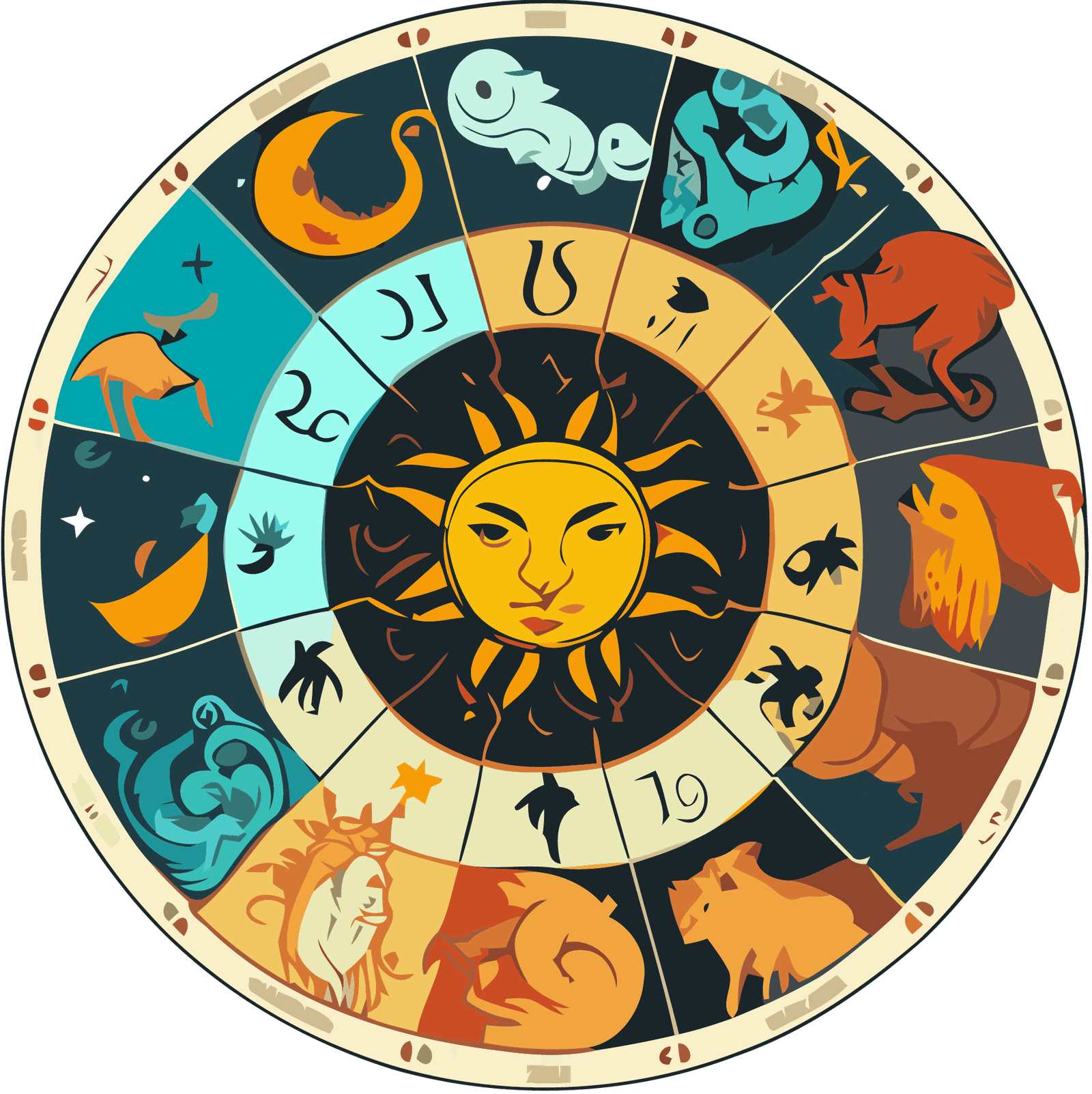Tarot Book

The Origins of Tarot: A Journey Through History
Tarot cards, as we know them today, originated in 15th century Europe, primarily in Italy, where they were initially used as playing cards. The earliest known tarot deck, known as the Visconti-Sforza deck, was commissioned by the noble families of Milan and set the groundwork for what would eventually evolve into a rich tapestry of symbolic meanings. This early deck simply served recreational purposes, far removed from the mystical associations they later garnered.
As the use of tarot cards spread across Europe, they began to adopt various regional artistic styles and compositions. The Marseille deck, characterized by its unique imagery and structure, emerged in France during the 17th century and became a cornerstone in the understanding of tarot symbolism. Meanwhile, the emergence of the occult in the 18th century marked a pivotal transformation in the perception of these cards. Influential figures like Antoine Court de Gébelin proposed that tarot had ancient Egyptian roots, suggesting a divine knowledge within the cards that resonated with the spiritual seekers of that era.
This transition from mere gaming cards to tools of divination was solidified by other pivotal characters, such as Eliphas Lévi, whose writings in the 19th century linked tarot to mysticism and alchemy. Lévi’s significant contributions highlighted the archetypal images that tarot cards represented, narrowing the gap between entertainment and esoteric practice. The Rider-Waite-Smith deck, published in 1909, further popularized tarot’s spiritual dimension by illustrating intricate symbolism on each card, thus interpreting these images more accessible to the masses.
The evolution of tarot is a reflection of historical and cultural shifts, showcasing how a simple deck of cards can transcend its original purpose, influencing generations in the pursuit of personal growth and self-discovery. As tarot continues to captivate the modern world, understanding its historical origins provides invaluable insight into its current application and significance in popular culture.
Understanding Tarot: The Structure and Symbolism of the Deck
A tarot deck typically consists of 78 cards, divided into two main categories: the Major Arcana and the Minor Arcana. The Major Arcana contains 22 cards, each representing significant life events, lessons, or spiritual milestones. These cards are considered the cornerstone of the tarot deck, as they indicate profound influences and transformative moments in an individual’s journey. The archetypal imagery found in cards like The Fool or The World serves as a narrative guide to the human experience, encouraging introspection and self-awareness.
The Minor Arcana, on the other hand, is comprised of 56 cards divided into four suits: Wands, Cups, Swords, and Pentacles. Each suit corresponds to different aspects of life, such as creativity, emotions, intellect, and material concerns, respectively. The cards within these suits are numbered from Ace to Ten, along with four court cards—Page, Knight, Queen, and King—that embody varying characteristics and energies. This structure allows for a multifaceted exploration of daily experiences and challenges, giving insights into the subconscious mind.
The symbolism found within each card is rich and diverse, with colors, images, and numbers intertwining to communicate deeper meanings. For instance, the recurring theme of duality—light and shadow—can be seen throughout the deck, reflecting the complexities of human nature and morality. This representation echoes various cultural narratives, including the hero’s journey that is often highlighted in literature and spiritual teachings. By understanding these symbols and their connections, tarot readers can effectively interpret the messages conveyed through the cards, facilitating personal growth and existential exploration.
Personal Growth and Self-Discovery through Tarot Readings
Tarot readings offer individuals a unique avenue for personal growth and self-discovery, serving as a reflective tool that encourages introspection and clarity. By engaging with the symbolism and messages conveyed through tarot cards, users can explore their inner thoughts and feelings, allowing for deeper understanding and insight into their life’s challenges. The process of interpreting tarot readings can facilitate significant self-awareness, helping individuals make informed decisions aligned with their true desires and values.
One effective method of leveraging tarot for personal development is the use of various tarot spreads. Each spread is designed with a specific intention, catering to different aspects of self-exploration. For instance, a three-card spread can illuminate the past, present, and future, allowing users to connect their current circumstances to past experiences while envisioning future possibilities. Alternatively, the Celtic Cross spread provides a comprehensive overview, offering insight into the user’s life situation, challenges, and potential outcomes. These tailored approaches enable individuals to navigate their spiritual journeys more effectively, fostering growth and transformation.
Additionally, interpreting tarot cards through a personal and empowering lens is crucial for maximizing their potential. Rather than viewing tarot as a means of predicting an unchangeable fate, individuals can embrace the cards as guides that prompt reflective questions and actions. This mindset shift can encourage proactive engagement with life’s challenges, moving beyond passive acceptance to active participation in shaping one’s journey. For instance, one might draw the Strength card, prompting them to confront personal fears or insecurities, ultimately leading to resilience and growth.
Real-life testimonials further illustrate the transformative power of tarot on one’s path to self-discovery. Individuals have shared experiences of gaining clarity in tumultuous times, finding renewed purpose, and rediscovering lost aspects of themselves through tarot readings. Such accounts reinforce the idea that tarot is not merely about divination but serves as a powerful resource for empowerment and personal reflection.
The Mystical Practices Surrounding Tarot: Rituals and Ethics
Engaging with tarot is not merely about interpreting cards; it often includes a rich tapestry of mystical practices that enhance the overall experience. One of the foremost rituals before starting a tarot session is grounding, which involves centering oneself to foster a more focused connection to the reading. This can be achieved through meditation, deep breathing exercises, or even physical grounding techniques, such as standing barefoot on natural surfaces. This process helps to clear the mind of distractions and establish a connection to the divine or intuitive insights that the reading can provide.
Next, setting intentions plays a crucial role in both giving and receiving tarot readings. Prior to a session, practitioners may want to articulate clear intentions. This could involve stating specific questions or areas of life they wish to explore. By doing so, they create a framework for the reading and open themselves to receiving relevant guidance. When the querent, or person receiving the reading, is clear about their intentions, it fosters a more productive and insightful tarot experience.
Ethical considerations are fundamental in any interaction involving tarot readings. Practitioners need to conduct readings with respect, compassion, and integrity. This includes being transparent about the nature of tarot and not making absolutist statements regarding the future. Instead, tarot should be viewed as a tool for reflection and self-discovery. Additionally, ensuring that clients have a safe and respectful environment is paramount; this involves being sensitive to their feelings and boundaries throughout the process.
Finally, grounding and cleansing the tarot deck itself is another essential ritual. Many practitioners regularly cleanse their tarot cards, whether through sage smudging, crystal cleansing, or simply by placing them in sunlight or moonlight. Such rituals create a sacredness around the deck and reinforce the intention behind each reading. These practices, combined with ethical engagement, cultivate a deeper connection to the mystical elements in tarot, enriching both the reader’s and querent’s experience.








